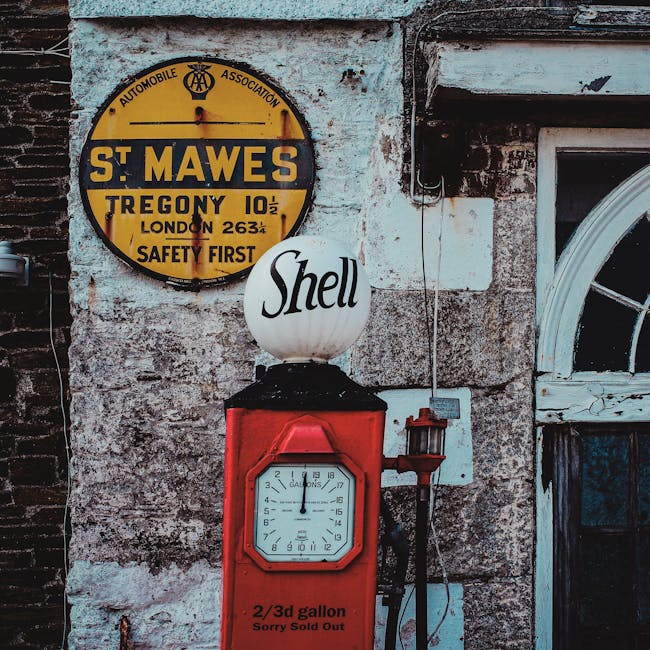22 Lessons Learned:
 A Guide on How to Choose the Right Oil Burner Nozzle
A Guide on How to Choose the Right Oil Burner Nozzle
In the world of oil heating systems, the efficiency and performance of an oil burner nozzle play a crucial role in ensuring optimal combustion. Whether you are a homeowner looking to replace a worn-out nozzle or a heating professional seeking the best fit for a specific application, understanding how to choose the right oil burner nozzle is essential. Here’s a comprehensive guide to help you navigate this often-overlooked component.
0 Picture Gallery: 22 Lessons Learned:
1. Know Your Burner:
Before diving into the world of oil burner nozzles, it’s crucial to understand the specifications and requirements of your burner. Different burners have specific design characteristics, fuel delivery rates, and spray patterns. Refer to your burner’s manual or consult with a heating professional to identify the nozzle specifications recommended for your system.
2. Determine Fuel Type:
Oil burners operate on various fuel types, including light oil, heavy oil, and biofuels. The type of fuel your system uses will influence the selection of the nozzle. Each fuel type requires a specific nozzle design to ensure proper atomization and combustion efficiency.
3. Consider Burner Capacity:
The capacity of your burner, measured in gallons per hour (GPH), is a critical factor in choosing the right oil burner nozzle. Select a nozzle with a GPH rating that matches or closely aligns with your burner’s capacity to achieve the optimal fuel-to-air ratio for efficient combustion.
4. Understand Spray Patterns:
Oil burner nozzles come in various spray patterns, each designed for specific applications. The common spray patterns include solid, hollow, semi-solid, and full cone. The choice of spray pattern depends on factors such as combustion chamber design, ignition method, and the desired flame characteristics. Consult your burner manual or seek professional advice to determine the appropriate spray pattern for your system.
5. Nozzle Angle Matters:
Nozzles are available in different angles, typically ranging from 30 to 90 degrees. The nozzle angle influences the spray pattern and the direction of fuel delivery. Ensure that the chosen angle aligns with your burner’s design and combustion chamber configuration for optimal performance.
6. Select the Right Nozzle Material:
Nozzle materials vary and can include brass, stainless steel, and hollow-core stainless steel. The choice of material depends on factors such as fuel type, burner specifications, and compatibility with your heating system. Consider any corrosion or chemical compatibility issues when selecting the nozzle material.
7. Consult with Professionals:
If you’re unsure about the right oil burner nozzle for your system, don’t hesitate to consult with heating professionals or technicians. They can offer valuable insights based on their experience and may recommend specific brands or models that have proven reliability in similar setups.
8. Check for Certification:
When purchasing oil burner nozzles, look for products that meet industry standards and certifications. Certification ensures that the nozzle has undergone testing for performance and safety, providing you with confidence in its reliability and efficiency.
9. Regular Maintenance is Key:
Once you’ve selected and installed the appropriate oil burner nozzle, regular maintenance is crucial for sustained performance. Clean and inspect the nozzle regularly to prevent clogging and ensure consistent fuel atomization.
10. Keep Records of Replacements:
Maintain a record of oil burner nozzle replacements, including the date and specifications of the installed nozzle. This information can be valuable for troubleshooting and ensuring that you consistently choose the right nozzle for your system.
In conclusion, choosing the right oil burner nozzle involves a combination of understanding your burner’s specifications, fuel type, and considering factors such as capacity, spray pattern, and material. Whether you’re a homeowner or a heating professional, taking the time to make an informed choice will contribute to the efficiency and longevity of your oil heating system.
What Research About Can Teach You
This post topic: Pets & Animals